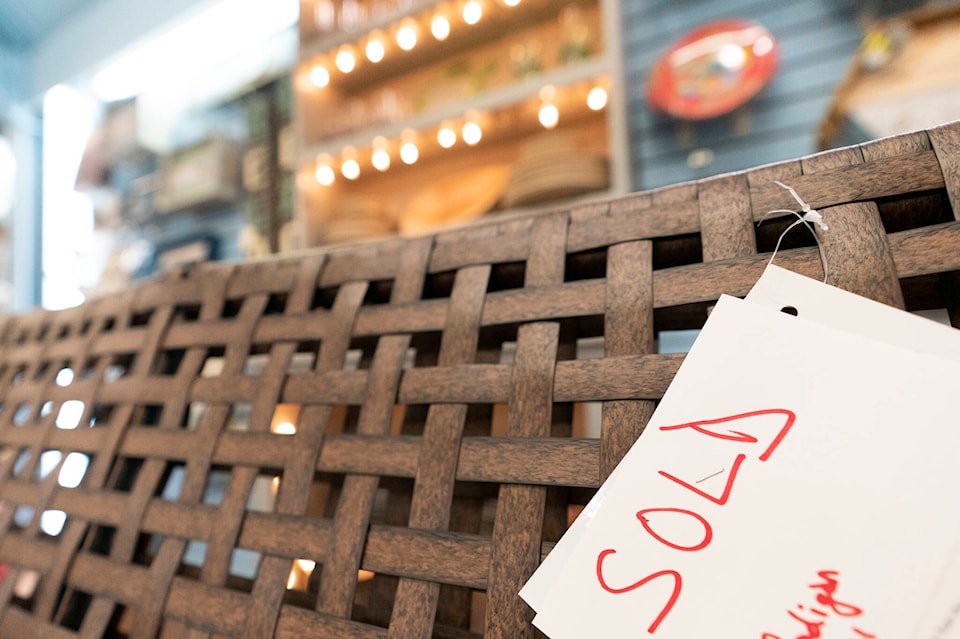I am awash in provenance.
In the art world, provenance identifies the origins of artwork. The art could be a painting, a statue, a piece of music or literature. Often, provenance enhances the value of a work of art. Mozart’s Requiem takes on special status when you know that Salieri wrote it out for a dying Mozart — at least, according to the movie Amadeus.
That’s why art galleries provide information about the artist, and about the history of that piece.
Mona Lisa is the exception that proves the rule. She’s a mystery. We don’t know who she is, why Da Vinci painted her, what he was trying to convey.
There is no story to go with the painting.
In my case, I have too much provenance. My daughter and I are the only leaves left of four family trees.
Everything funnelled down to us has a story.
Tea trays, for example. (Does anyone still use tea trays?) I have four hand-carved wooden tea trays that my parents collected when they were missionaries in India. They’ve suffered minor damage over the generations. But I can’t junk them; they’re part of my story.
Also, a silver tea tray, given to my Irish grandmother by her pupils when she left teaching to get married, inscribed with her name and the date. Whatever its value as silver, its value as a story is greater. To me, at least.
Three watercolour paintings, by Irish artist Roland Hill, hang on my living room wall. Two of them show places my grandfather took his family for vacations. The third, of the moody Mountains of Mourne, portrays a scene just over a hill from my grandmother’s house. My cousin and I cycled past those gateposts.
Both my parents and my paternal grandparents were missionaries in India. Both occasionally acquired hand-carved, handmade, furniture.
So I now have two coffee tables and a set of nesting tables, of Kashmir mahogany. A little sticker attests that they were hand-carved by “Suffering Moses,” in Srinagar. And a rosewood end table, almost lattice-work.
Market value, unknown. Value to me: priceless.
Someday, perhaps not too long from now, I shall have to downsize. Perhaps to a smaller space. Perhaps to a room in a care facility.
I’m afraid these will simply become someone’s “things.” The tables will acquire coffee rings. Runaway tricycles will smash the rosewood lattice. Roland Hill’s paintings will become no more than pretty scenes on someone’s wall.
They will lose their provenance.
Even stories have their own provenance — though we rarely call it that. When we read books, we want to know something about the author.
And when we read the Bible, we call it Bible study. (Unless you read the Bible as an instruction manual divorced from time and culture.)
The stories behind the stories help us understand why the prophets said what they did. Why Paul wrote his many letters. How the desert shaped a wondering wandering tribe into the people of God.
People, too. Jesus’ provenance, or Buddha’s, or Mohammed’s, is the culture they grew up in and out of. Without their provenance, what would they be?
In that sense, we are all the creations of our provenance. We are all works of art.
Jim Taylor lives in Lake Country: rewrite@shaw.ca
